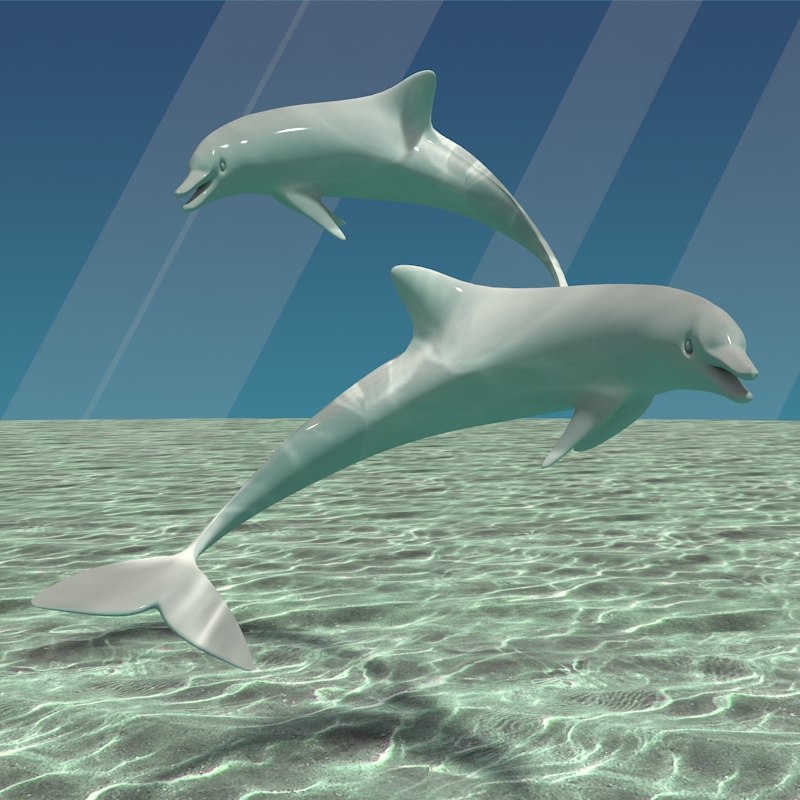
In his first trials with the process, Reid was able to capture images of a flowerpot, a cube, a plastic “+” symbol, and a human being. The process is a little mind-boggling perhaps, but the results are truly stunning. These fine details can be captured on camera.” The CymaScope employs the surface tension of water as a membrane because water reacts quickly and is able to reveal intricate architectures within the sound form. “Whenever sound bubbles or beams interact with a membrane, the sound vibrations imprint onto its surface and form a CymaGlyph, a repeatable pattern of energy. “Each dolphin click is a pulse of pure sound that becomes modulated by the shape of the object.”

“When a dolphin scans an object with its high frequency sound beam, each short click captures a still image, similar to a camera taking photographs,” explains Reid. These 3D printed patterns may indeed show us a good representation of what they perceive from their returning sounds beams, as well as those of communication dolphins within their ‘society.’ The ‘CymaGlyphs’ represent dolphin picture words, further representing the theory that dolphins are so evolved that they can translate ‘dimensional information’ from their echolocation. The team believes that this sound travels in ‘holographic bubbles and beams.’ According to SpeakDolphin, at frequencies audible to humans (20 Hertz to 20,000 Hertz) the sound-bubble form dominates above 20,000 Hertz the shape of sound becomes increasingly beam shaped, similar to a lighthouse beam in appearance. Using Reid’s CymaScope patented process, they were able to imprint the actual sonic vibrations and resulting images on the surface of ultra-pure water. “When we discovered that dolphins not exposed to the echolocation experiment could identify objects from recorded dolphin sounds with 92% accuracy, we began to look for a way for to see what was in those sounds.” “We’ve been working on dolphin communication for more than a decade,” stated Jack Kassewitz, research team leader and founder of. And the first images should be of great interest to all of us, as they are 3D prints of people–depicting how they are seen through echolocation.

Taking the 2D to 3D with photo analysis, they are then able to 3D print the images.įor the researchers, success, and the tangible results have been a long time coming. Working from facilities in both Miami and the UK, the researchers have created a unique process which allows them to record as well as isolate dolphin echolocation sounds on objects. They now have actually made the first 3D prints ever, from recorded dolphin echolocation.

That was precisely what Jack Kassewitz and his team at SpeakDolphin were thinking as they embarked on a magnificent journey into the world of some our most fascinating mammals and their communication through echolocation.Įnlisting John Stuart Reid, inventor of the CymaScope, to search for sonic images in dolphin recordings, they then attempted to translate what dolphins ‘see’ into 3D print.


 0 kommentar(er)
0 kommentar(er)
